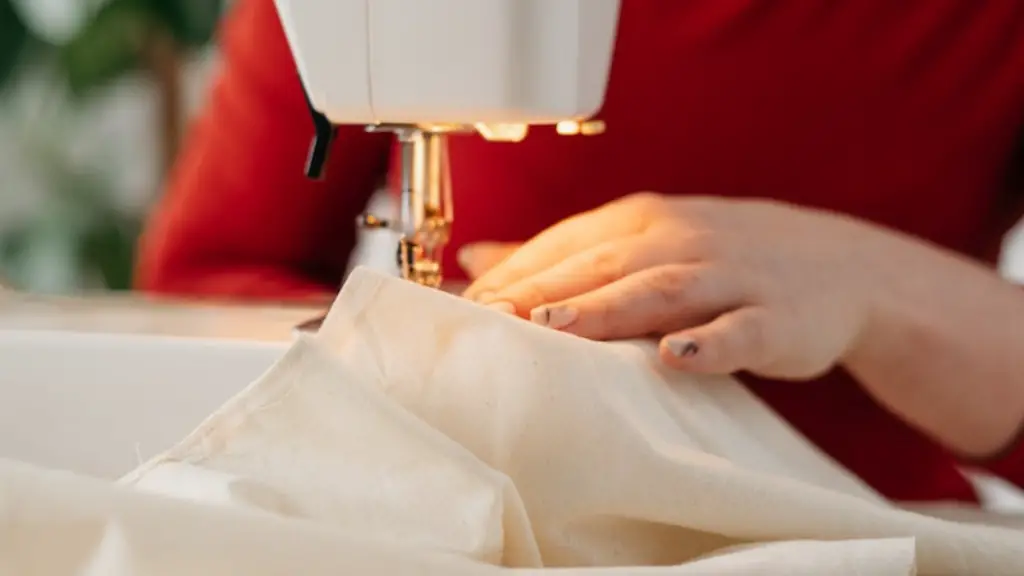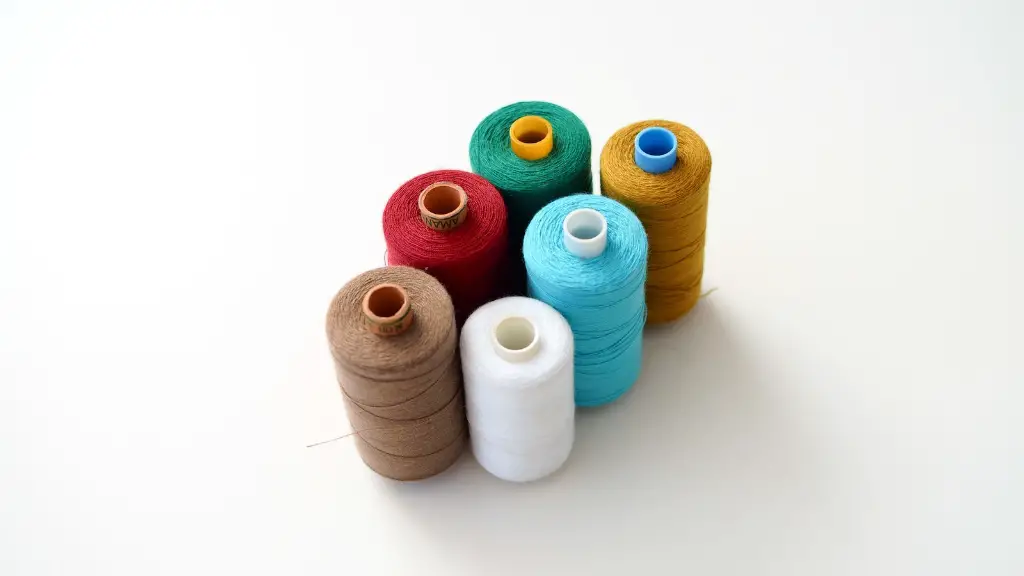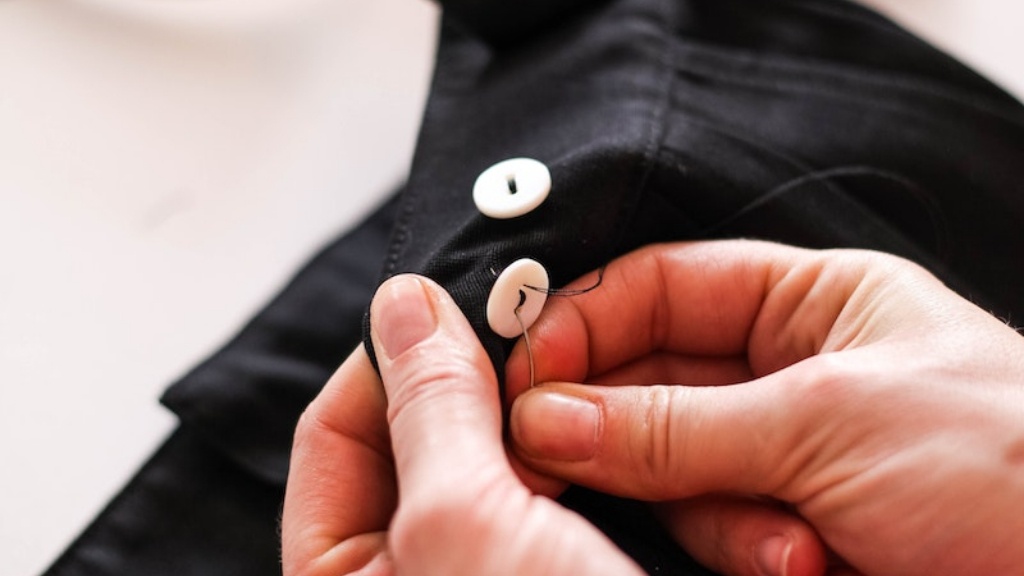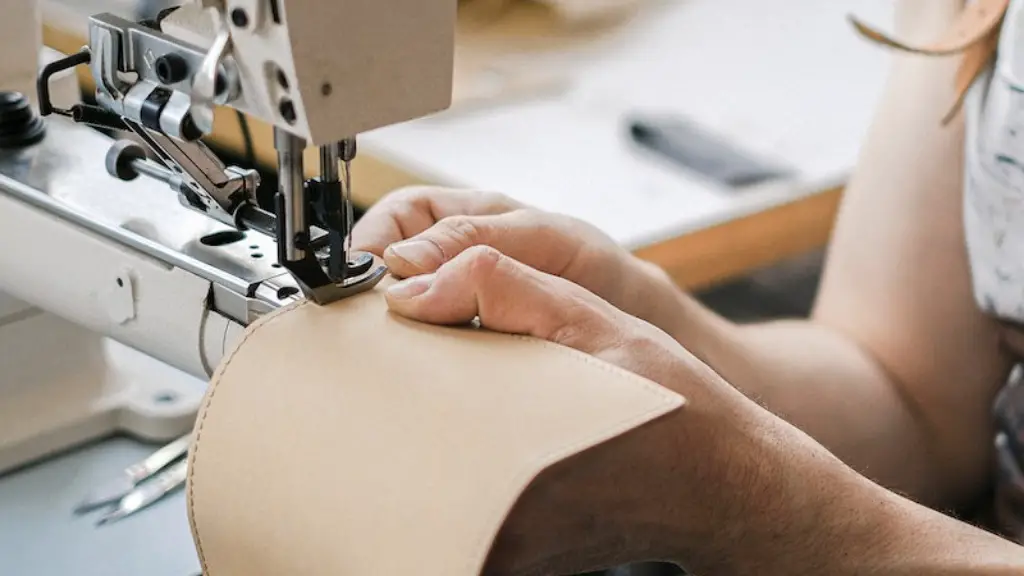How to Set a Sewing Machine Up
Sewing machines are a great way to make clothing, designs, or even items for crafts and repairs. Although there are many different types of machines, the basics of setting up the machine remain the same. In this article, we will look at the steps to set up a conventional sewing machine.
The first step is to identify the type of sewing machine. A basic machine will show the tension dial and presser feet, while a commercial has more features and a higher number of tension settings. It is also essential to check the tension settings and make sure that the machine is calibrated correctly.
The next step is to plug the machine into an appropriate power source. It is also important to use a reliable power cord and verify that it is working properly. If a stationary machine is being used, ensure that the machine is level and secure before plugging it in.
The sewing machine should be properly threaded from the bobbin to the needle. The user manual will usually describe the threading process and should be followed closely. Once the machine is threaded, the user should check to make sure that the bobbin is installed correctly. Bobbins come in a variety of sizes and should be installed as per the user manual’s instructions.
The material used will determine the kind of needle to use. A Universal 80/12 needle should be used for most regular fabrics, while a heavier needle will be needed for thicker fabrics. The needle should be inserted properly and tightened using the screw at the back of the machine.
It is important to choose the right presser feet for the material being used. A regular presser foot should be used for normal materials, while a heavier-duty presser foot is needed for thicker or heavier fabrics. Using the wrong presser foot can cause the machine to run unevenly as well as damage the material.
The final step is to adjust the tension settings. The tension should be adjusted so that the needle and bobbin threads are balanced. Too much tension can cause the seams to pucker, while too little tension can cause the stitch to unravel. Test the tension by sewing a few stitches on a piece of scrap fabric.
Choosing the Appropriate Thread
Choosing the right thread is also important for a good sewing project. Different threads are suited for different materials, so it is important to select the right type. Cotton thread is often used for lightweight fabrics while polyester thread is used for heavier materials. It is essential to use a heavy-duty thread for outdoor projects.
The user should also consider the color of the thread when selecting it for a project. Decorative threads can add interest to a project, but this type of thread should be used sparingly. Thread should always be of high quality to ensure that it will not break easily during the sewing process.
Thread is generally sold on large reels, although there are also pre-wound bobbins of thread available. It is important to buy quality thread, as this will help to prevent the thread from breaking during the sewing process. It is also a good idea to buy extra thread in case the project requires more than initially anticipated.
Once the appropriate type of thread is chosen, it should be wound onto a bobbin and inserted into the machine. It is essential to wind the thread properly and ensure that the bobbin is loaded properly in the machine or else the project may not turn out as anticipated.
Thread should also be kept away from dampness and heat, as the fibers could be damaged if exposed to these elements. It is a good idea to store the thread in a dry, dust-free environment, as this will help to preserve the quality of the thread.
Using the Right Presser Foot
The presser foot is an essential part of a sewing machine and is used to hold the fabric in place while stitching. A different presser foot may be required depending on the type of fabric and the kind of stitch being done. It is important to choose the right presser foot for the job to ensure that the stitches are uniform.
Another factor to consider when choosing a presser foot is the size of the material. For thicker material, a larger presser foot may be needed, while a smaller presser foot may be needed for more delicate fabrics. It is important to use the right presser foot as this will help to ensure the quality of the stitches.
The presser foot should be picked up and moved along the fabric while stitching. This will ensure that the stitches are kept even and straight. It is also important to be consistent in the movement of the presser foot as this will help to ensure that the material does not move around too much during the stitching process.
It is important to remember that a presser foot should not be pressed too heavily on the fabric. Too much pressure can cause the material to be stretched or distorted, and this can affect the overall quality of the finished product.
When changing the presser feet on a machine, it is important to follow the instructions in the user manual. Many times, a special wrench or other tool may be needed to remove the screws that hold the presser feet in place. It is important to be careful when removing and replacing the presser feet to avoid damaging the machine.
Testing the Stitch Settings
Before embarking on a sewing project, the user should test the stitch settings and make sure they are appropriate for the material and the stitch being used. This can be done by running a few stitches on a piece of scrap fabric that is similar to the material being used for the project. This helps to ensure that the stitches are even and the tension is correct.
The stitch length is an important setting and should be adjusted to suit the material. Heavy fabrics require a longer stitch length, while lightweight fabrics require a shorter stitch length. It is important to remember that a shorter stitch length is not necessarily better; the stitch length should be adjusted to ensure that the stitches are even and the fabric does not pucker or stretch.
Another important setting is the pressure of the presser foot. This should be adjusted so that it is appropriate for the fabric being used. The pressure should be adjusted so that the fabric is held in place securely while sewing, but not so that it stretches or distorts. It is important to test the pressure on a scrap piece of fabric before beginning the project.
The user should also check the needle and make sure it is appropriate for the fabric. Using the wrong type of needle can cause the machine to jam, as well as damage the fabric. It is important to make sure that the needle is sharp and free from any nicks or imperfections.
Finally, it is important to remember to adjust the feed-dog setting. If the feed-dog is too low, the fabric may not be fed properly, but if the feed-dog is too high, the fabric can be pulled too harshly. Adjusting the feed-dog setting to match the fabric being used is a good way to ensure that the project is successful.
Using the Right Accessories
The accessories included with the machine should be used for the appropriate tasks. Although modern machines come with a variety of attachments and accessories, not all of them should be used for all tasks. The user should refer to the user manual to determine which accessories should be used for which tasks.
Improper use of accessories can damage the machine as well as the fabric, so it is essential to use them correctly. It is also important to take proper care of accessories and store them properly when not in use. This will ensure that they last longer and perform better.
Most sewing machines come with a buttonhole foot. This foot should be used when making buttonholes, as this is the most reliable way to ensure a properly sized and correctly placed buttonhole. It is also important to use the right thread when making buttonholes, as using the wrong thread can result in a poorly made buttonhole.
Another important accessory is the zipper foot. This foot should be used when attaching zippers to projects. The zipper foot is designed to help guide the machine around the teeth of the zipper and hold the fabric in place while sewing. This foot is essential for sewing zippers, as it will make the process easier and faster.
Edging feet are also important and are used for attaching decorative edges to projects. These feet are designed to help guide the machine and ensure that the stitches are even and the edges are neat. It is important to use a recommend edging foot for each project to ensure that the edges are finished properly.
Finally, modern machines come with a variety of decorative stitches that can be used to add interest to a project. These stitches can be used on a variety of fabrics, although it is important to test them on scrap fabric first to make sure that the fabric will not be damaged.
Maintenance of the Machine
Maintaining the sewing machine properly is an important step in ensuring that it performs well and lasts longer. Regular maintenance is essential to make sure that the machine is in proper working condition.
The machine should be cleaned after each use. Any lint or fabric scraps should be removed to avoid buildup and clogging. It is also a good idea to oil the machine after each use, as this will help to keep it in good condition and running smoothly.
The sewing machine should also be checked for broken or worn parts. Any broken or worn parts should be replaced as soon as possible, as this will help to prevent any further damage to the machine. Be sure to use genuine manufacturer parts when replacing these parts.
It is also important to check the tension settings periodically, as this will help to make sure that the machine is running properly. If the tension settings need to be adjusted, make sure to make these adjustments slowly and accurately, as this will ensure that the materials are not damaged.
Finally, it is a good idea to have a professional service the machine regularly. Professional service will help to identify and fix any underlying issues that may occur. This will also help to prolong the life of the machine.





